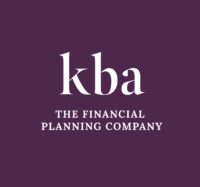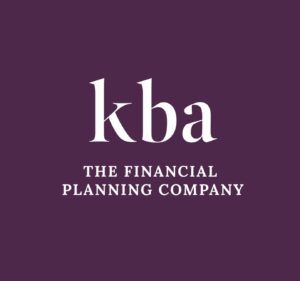If you have an investment portfolio, a process of making regular changes to the portfolio, known as “rebalancing”, could be essential to a successful strategy. Rebalancing means that, from time to time, you will want to restore the original allocation mix that you set out when you first created the portfolio.
To explain why, we would like to start with a simple example. Let us assume that, due to your attitude to investment risk and your overall circumstances, the perfect portfolio mix for your situation when you first invested was to put 50% into a UK equities fund, which is another way of saying a fund in UK company shares, and 50% into a fund which invests in UK fixed-interest assets, such as government gilts and corporate bonds.
In the years that follow, the share-based fund performs well and increases by 60% but the fixed-interest fund suffers poor returns and loses 20%. This combined performance on a notional portfolio of £10,000 would see the portfolio rise to £12,000 in total as shown. The outcome after this period is that the portfolio split is now approximately two-thirds in the share fund, and one-third in the fixed-interest fund. However, your perfect portfolio mix was assessed when you started as being 50/50. You’re now out of kilter and are probably taking too much risk. You’re no longer a 50/50 investor.
This is where rebalancing comes in, because you would sell some of your share-based fund and buy more of the fixed-interest fund to return the portfolio to the 50/50 basis. That, basically, is rebalancing, and afterwards you are back to being a 50/50 investor, your chosen and optimum position.
Rebalancing helps you reap the full rewards of diversification, which is the best way of arranging an investment portfolio to manage risk. In reality, most portfolios are not composed of just two investment asset areas, as we just illustrated in this simple example, and will not be split 50/50. This is because, to diversify fully, investors should spread their investments across many asset and sector areas, which can include shares, property, fixed-interest, cash and variations including UK-based and overseas sectors.
A typical asset and sector mix could look like this. In these cases, the actual process of rebalancing becomes more complicated, although the principle remains the same. The benefits of this approach are several.
Rebalancing is a way of managing risk, as it keeps the portfolio diversified in line with your risk position and does not allow it to drift due to investment return fluctuations. It encourages constant reviews of the strategy, performance, and how this relates to your changing circumstances. It could help with buying low and selling high. Done properly, rebalancing should ensure you’re shifting in part from those investments that have done better to those that have not done so well. That is, provided investments are going up and down over time, but at different rates at different times. This should help ensure you lock in some gains in value as they’re made.
With a long-term horizon, this approach makes sense. Look at this stock market graph and particularly at the points highlighted in 2003 and 2009. At the time, people were miserable and avoiding shares. The news about markets was all doom and gloom. And yet, in retrospect, these were good times to buy.
Rebalancing may help impose a discipline of selling some of the value from sectors that have made powerful gains and buying into areas that have not done so well. The big question with rebalancing tends to be about how to do it, which includes the question of how often. As with most investment processes, the key is to be flexible. It is possible to rebalance on a rigid and fixed basis, such as every year or every three years, or you could rebalance based on movements in the portfolio. So, if an asset area gets too far away from its original allocation percentage, a change could be made when this level is breached. The important factor is not the exact way rebalancing is done, which could vary over time, but that it is part of the process and is considered regularly. We can help you and work with you to do this.


